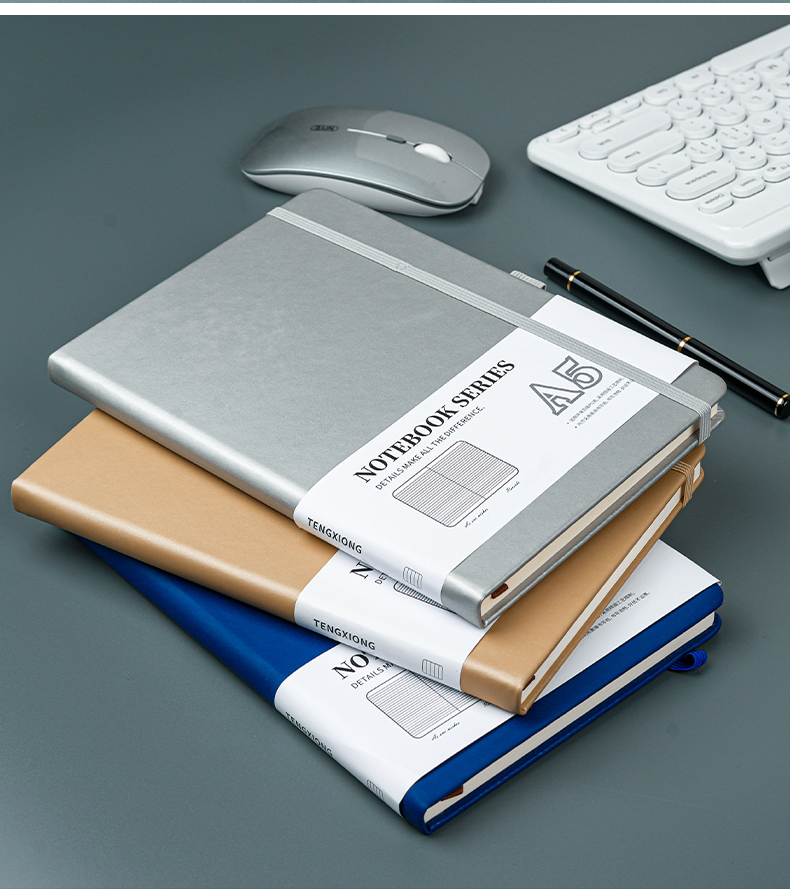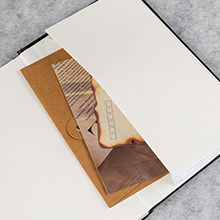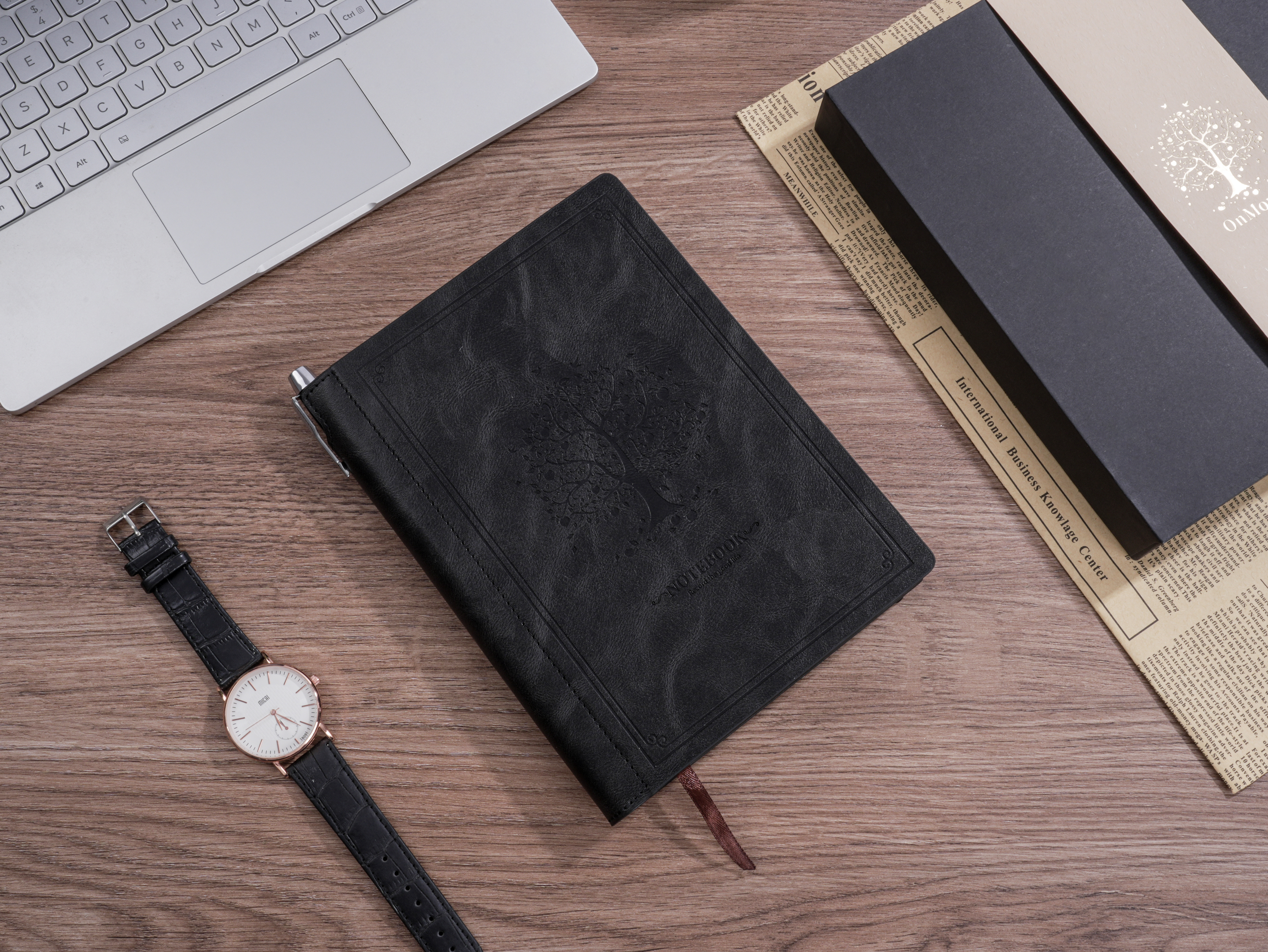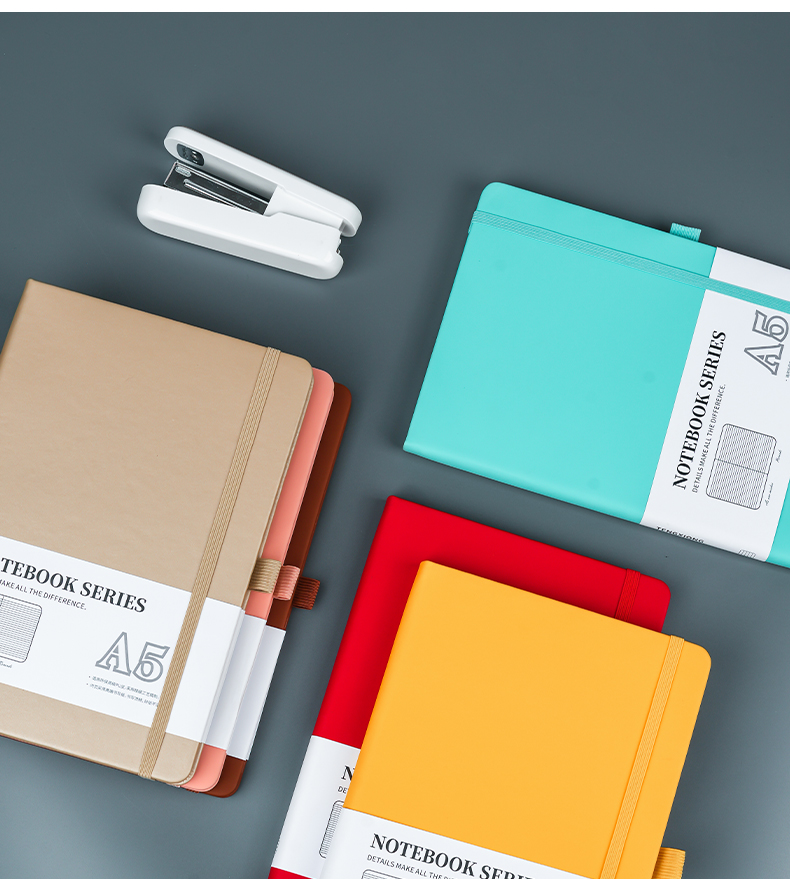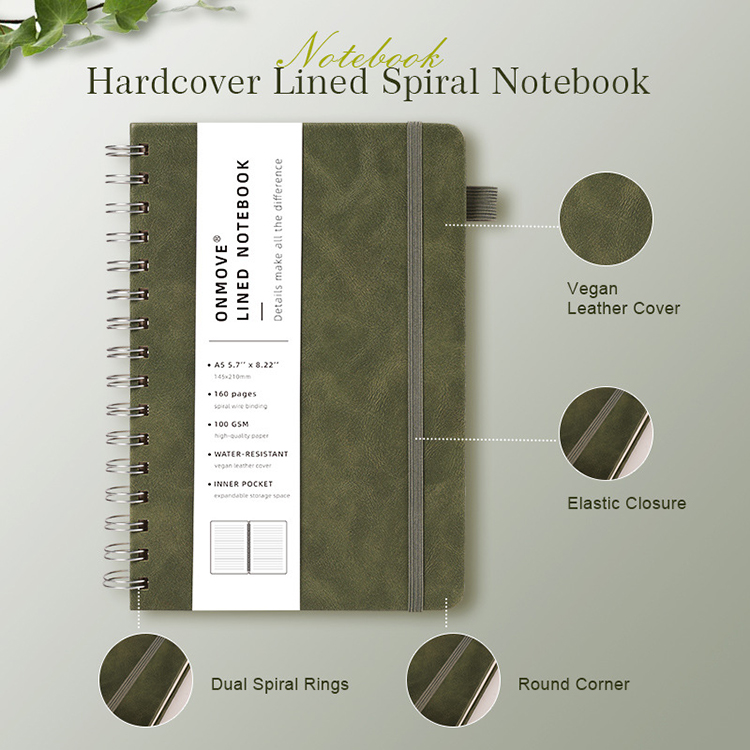Loose-Leaf vs. Bound Notebooks: Which One is Right for Your Workflow?
Discover the pros and cons of loose-leaf and bound notebooks to find the perfect match for your workflow. Whether you prioritize flexibility or organization, we break down the key differences to help you make an informed decision.
When it comes to choosing the perfect notebook, one common dilemma professionals, students, and creatives face is whether to opt for a loose-leaf or a bound notebook. Each type has its own advantages and disadvantages, and the right choice largely depends on your workflow, organization style, and personal preferences. In this article, we’ll break down the key differences between loose-leaf and bound notebooks, helping you determine which format best supports your productivity and note-taking needs.
What Are Loose-Leaf Notebooks?
Loose-leaf notebooks consist of removable pages usually held together in a ring binder or disc-bound system. This flexibility allows users to add, remove, and rearrange pages as needed.
Pros of Loose-Leaf Notebooks:
- Customizable Layout: Rearrange pages based on subjects, priorities, or projects.
- Refillable: Replace used-up pages without buying a whole new notebook.
- Multi-Use Capability: Easily combine lined, grid, blank, or planner pages in one binder.
- Ideal for Archiving: You can store older notes in folders or separate binders for long-term access.

Cons of Loose-Leaf Notebooks:
- Bulky: Ring binders can be heavier and more cumbersome.
- Less Durable: Pages may tear out more easily over time.
- May Look Less Professional: Compared to sleek bound notebooks, loose-leaf options might appear more casual.
What Are Bound Notebooks?
Bound notebooks have pages that are permanently stitched or glued into the spine. These are typically more compact and polished, making them popular for business, journaling, and academic purposes.
Pros of Bound Notebooks:
- Durability: Pages stay intact over time and are less likely to fall out.
- Professional Appearance: Sleek designs make them suitable for meetings, conferences, and formal settings.
- Portability: Typically lighter and slimmer than binders.
- Creativity-Friendly: Great for journaling, sketching, or stream-of-consciousness writing.
Cons of Bound Notebooks:
- Limited Flexibility: Pages can't be moved, removed, or replaced.
- Harder to Organize: Difficult to categorize different sections without using tabs or sticky notes.
- Single-Use: Once it’s full, you need a new notebook.
Choosing the Right Notebook for Your Workflow
Your workflow style plays a big role in determining which notebook format will work best for you. Here are a few scenarios to guide your decision:
- Project Managers & Organizers: If you frequently manage multiple projects or subjects, loose-leaf notebooks offer the flexibility you need to keep things separate and organized.
- Students: Loose-leaf systems allow for rearranging and updating notes, which can be useful for studying and revising.
- Writers & Journalers: Bound notebooks provide a cohesive and secure space for free-flow writing and long-term keepsakes.
- Business Professionals: The sleek and professional look of bound notebooks makes them ideal for meetings and presentations.
Final Thoughts
When it comes to loose-leaf vs. bound notebooks, there's no one-size-fits-all answer. Think about how you use your notebook daily—do you need the flexibility to rearrange and replace pages, or do you prefer a durable, cohesive record of your thoughts? Whichever you choose, make sure it complements your workflow and supports your productivity.
Optimize your organization, enhance your creativity, and improve your efficiency—all by picking the notebook style that works best for you.
We're Here to Help
Have a question or need a quote? Fill out the form below and our team will get back to you promptly!
Tel:
+86 15258636961
Email:
1178948437@qq.com
Social Media:
YouTube:https://www.youtube.com/@Onmove-e8w
Tik Tok:https://www.tiktok.com/@onmove_notebook
Twitter:https://x.com/Onmove_notebook
Pinterest:https://ca.pinterest.com/onmove345/




